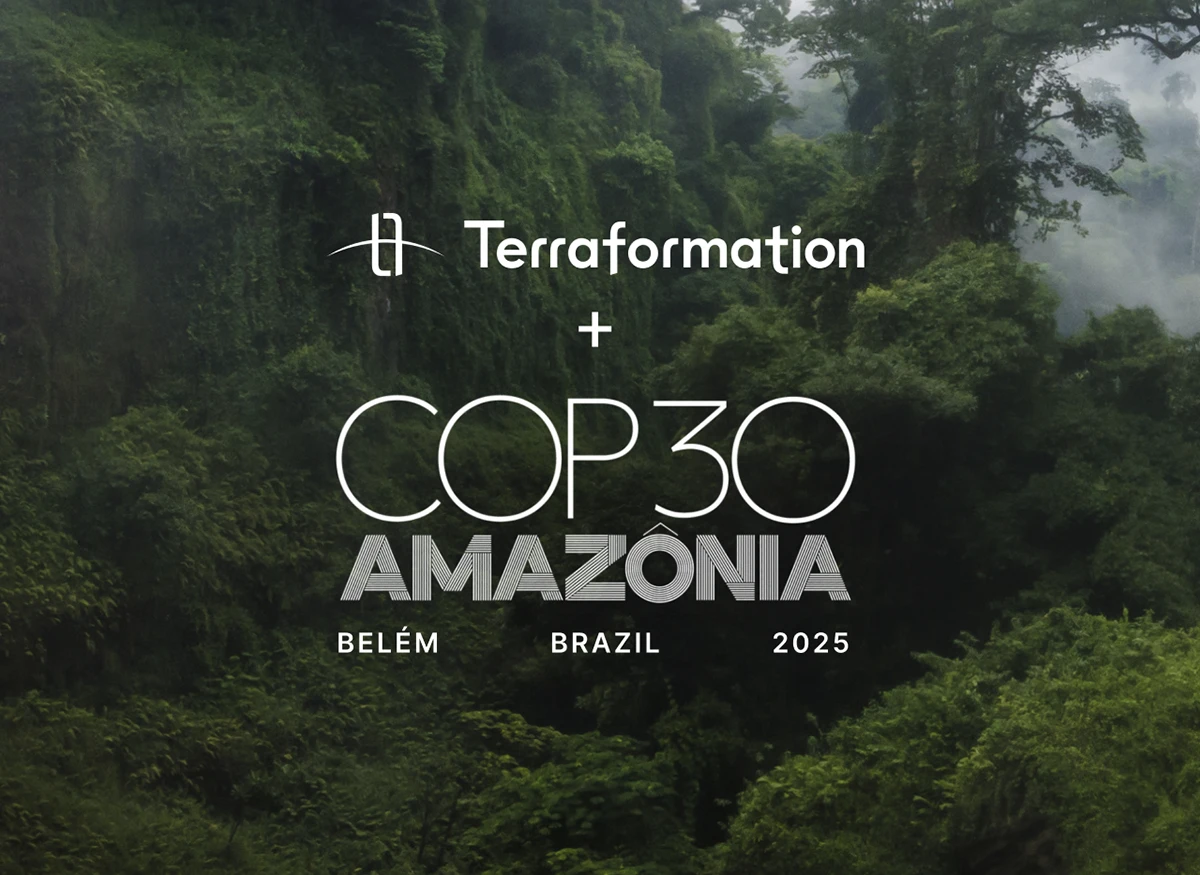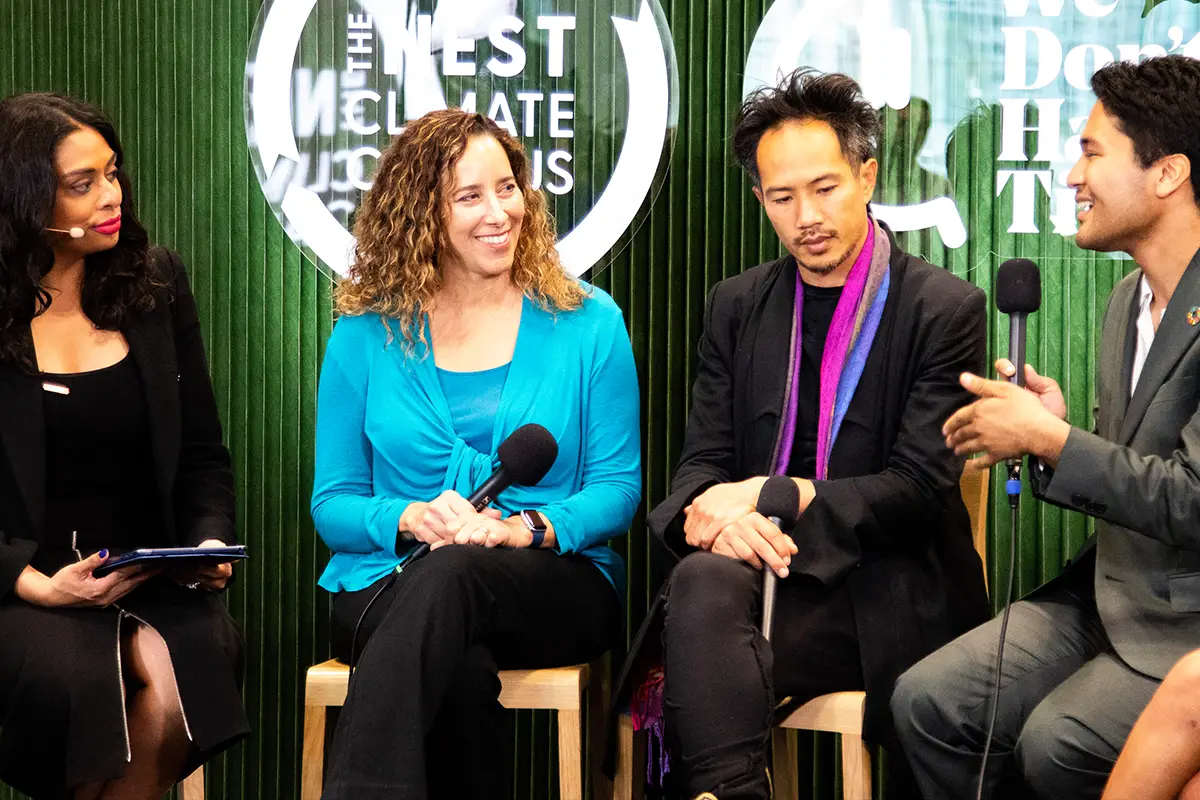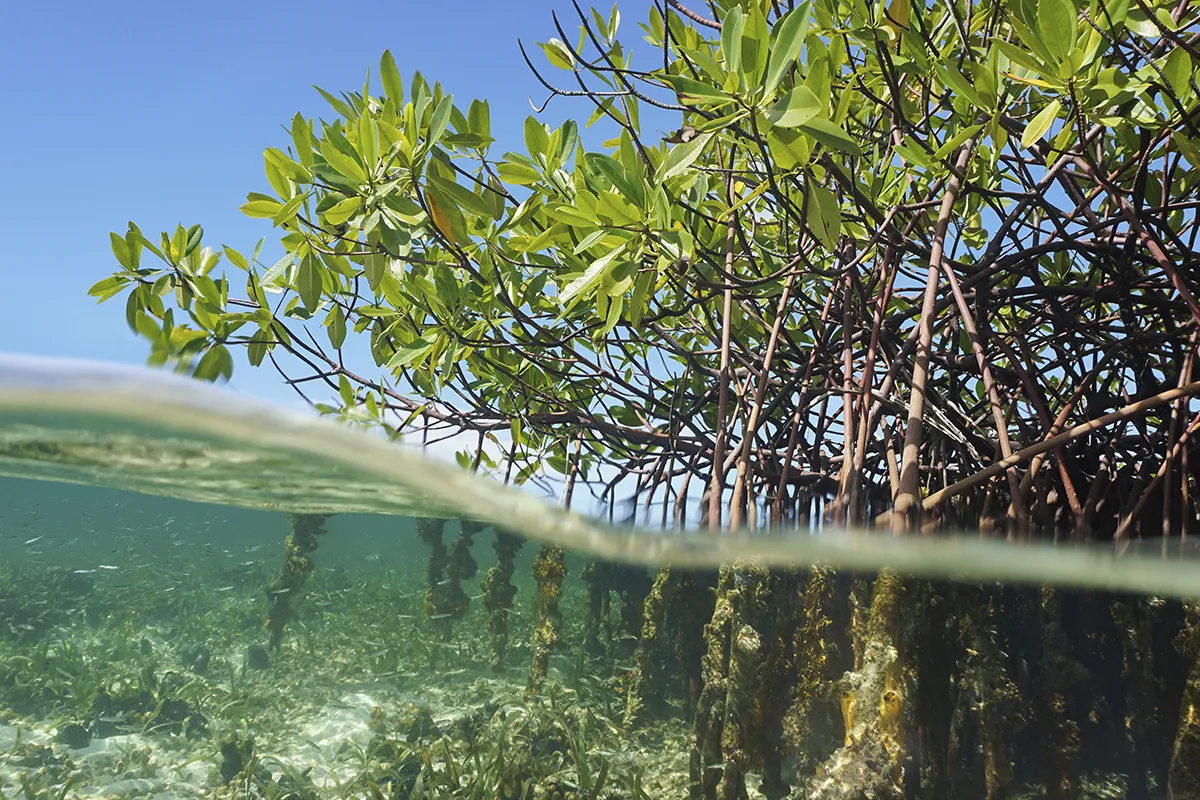To Reforest After Wildfires, We Need to Bank Seeds Now

In November of 2018, the Camp Fire raged through Northern California, wiping out the towns of Paradise, Concow, Magalia, and Butte Creek Canyon and killing 85 people.
This kind of deadly wildfire was once rare — but climate change has shifted that. A recent analysis by Stanford University found that since 1980, temperatures in California have risen by 1.8 degrees Fahrenheit, while precipitation has dropped 30% — a recipe for extreme fire activity.
Throughout the American West, communities now contend with fire and smoke every year. A vicious cycle has unfolded. Each new fire pumps more carbon into the atmosphere, while also wiping out trees that would normally absorb carbon, worsening climate change and setting the stage for even more fires.
It’s also become harder to bounce back after fires. In the past, forests and grasslands would naturally recover — and often thrive — after burning. Fire was a healthy part of ecosystems. It cleared and nourished the forest floor and encouraged the reproduction of fire-tolerant tree species like the Ponderosa pine.
Climate change has altered that, too. Hotter, more frequent fires and drier conditions have led to a dramatic drop in post-fire tree regeneration. One study showed that the proportion of fire sites with no tree regrowth almost doubled after the year 2000, from 19% to 32%.
Despite these adverse conditions, forests remain one of the best climate solutions we have today. Scientists estimate that global reforestation could sequester 10 gigatons of CO2 annually — up to one-fourth of all human emissions. In order to restore these carbon sinks (and avoid losing entire species and ecosystems) we need human intervention after a fire — starting with seeds.
Climate change has created a seed shortage
Efforts like the Camp Fire Restoration Project in Paradise are working to solve the problem by engaging local communities in post-fire restoration, but they face a major hurdle: access to native seeds.
Climate change is not only killing our trees — it has created a scarcity of seeds. During periods of drought, some trees may stop producing seeds. Warmer weather invites more insects, which sometimes devour the remaining viable seeds. The result is a triple whammy — fewer trees producing fewer seeds into an environment in which they’re less likely to survive.
The first step in stopping this destructive cycle is to collect and store native seeds.
Timing is everything
By saving a broad range of seeds from fire-prone ecosystems now, we can help native forests return — restoring valuable carbon sinks and decreasing the severity and frequency of future fire events.
Over the next 20 years, the US plans to plant billions of trees in order to revive fire-damaged forests. The backlog of sites waiting to be restored continues to grow; in the West alone, roughly 10 million acres of scorched land are awaiting restoration. The problem is that seed supply is not keeping up.
When it comes to reforesting, timing is everything. The longer it takes to replant after a fire, the more likely it is that invasive species will take over, altering the ecosystem, and in many cases making it more vulnerable to future fires.
Under normal conditions, many species of trees produce large crops of seeds — known as masts — only once every 3–7 years. That creates a narrow window in which to gather and plant seeds. When the right native seeds aren’t readily available, revegetation is hobbled — foresters may be forced to compromise on biodiversity and plant just a handful of species, which leads to less resilient ecosystems.
The ability to store seeds in a temperature- and humidity-controlled environment once they’re collected allows for more rapid restoration after a fire. Without readily accessible, carefully controlled storage, many seeds lose viability within the first year. This is where seed banks come in.
Seed banks are an urgent priority for fire response
In order to accelerate reforestation and capture carbon at the rate necessary to mitigate climate change, we will need a global network of thousands of seed banks.
With each extreme fire cycle, we lose more and more biodiversity. Building up seed supplies for emergency response is a top priority that can increase resilience.
While we need to store seeds everywhere, demand is urgent in the US, where wildfires are on the rise and large swaths of land are available for restoration. The US Forest Service projects that it will need to quadruple the number of seedlings produced in order to meet demand for restoration on the lands it manages. That means we need at least 8 times as many seeds, and likely more.
To grow the forests of tomorrow, we need to build infrastructure today — we don’t have time to waste. If we start now, we can preserve millions of seeds, bring back carbon-thirsty forests, and prevent future catastrophic fires.
Read more about how seed banking can help mitigate climate change.
















